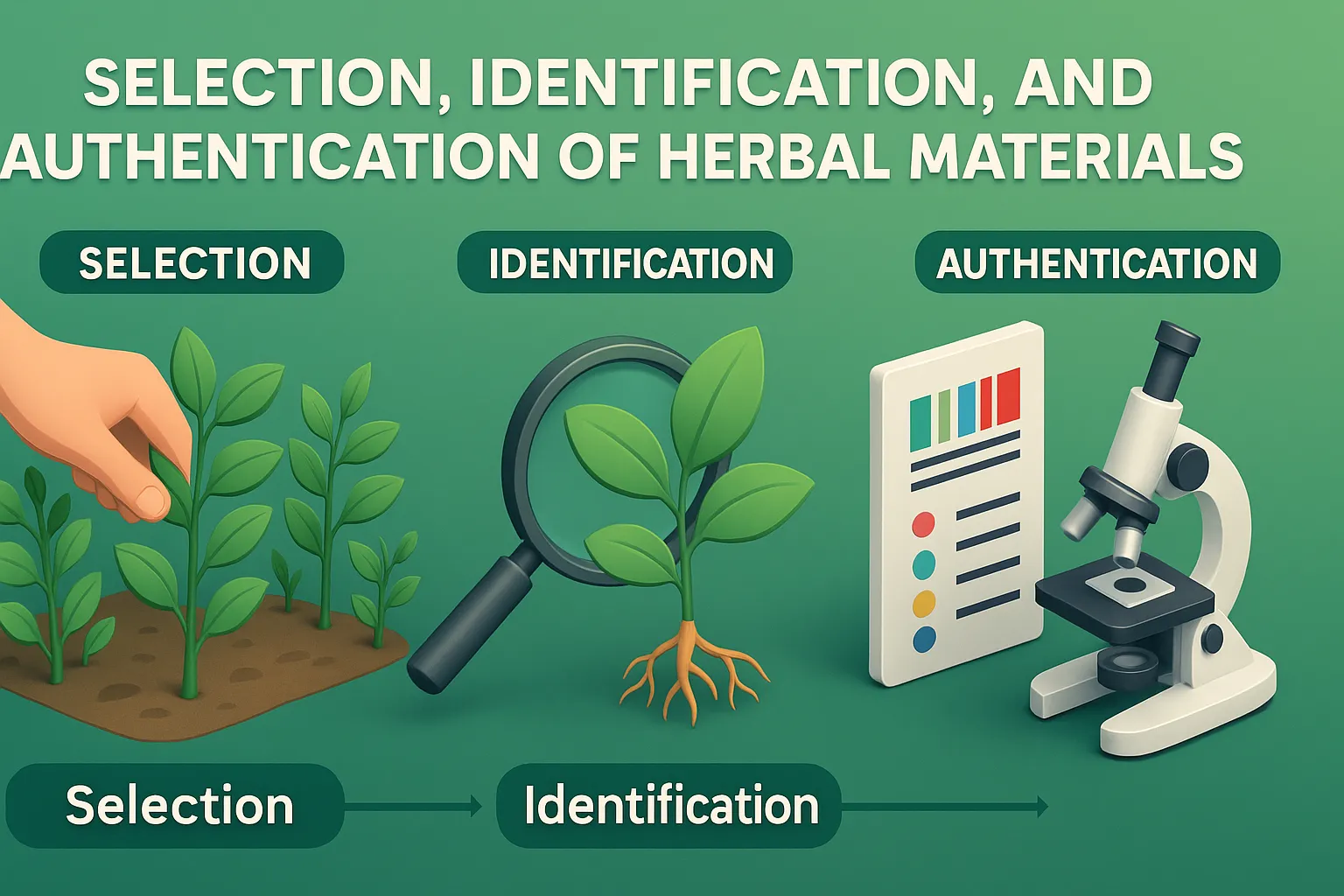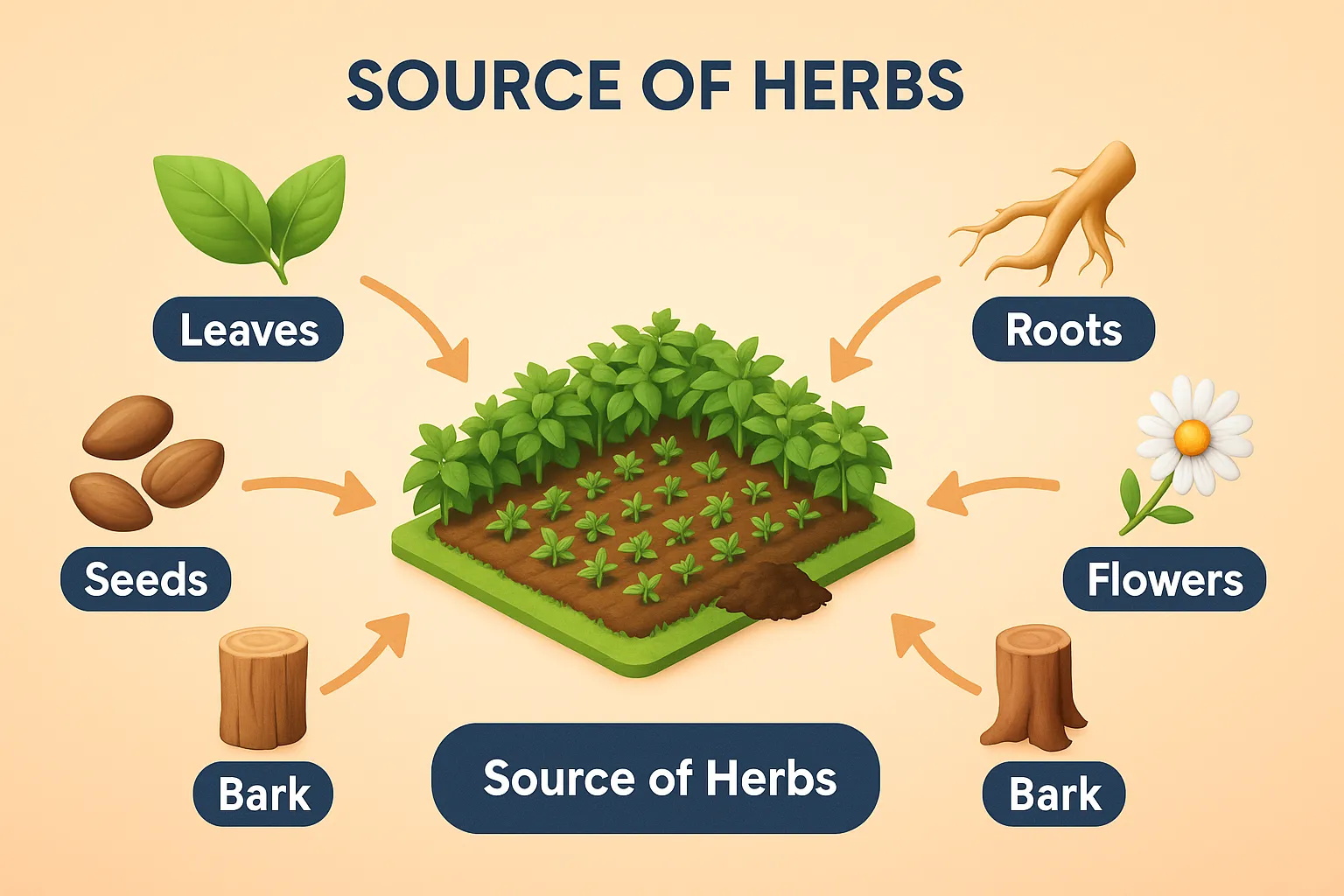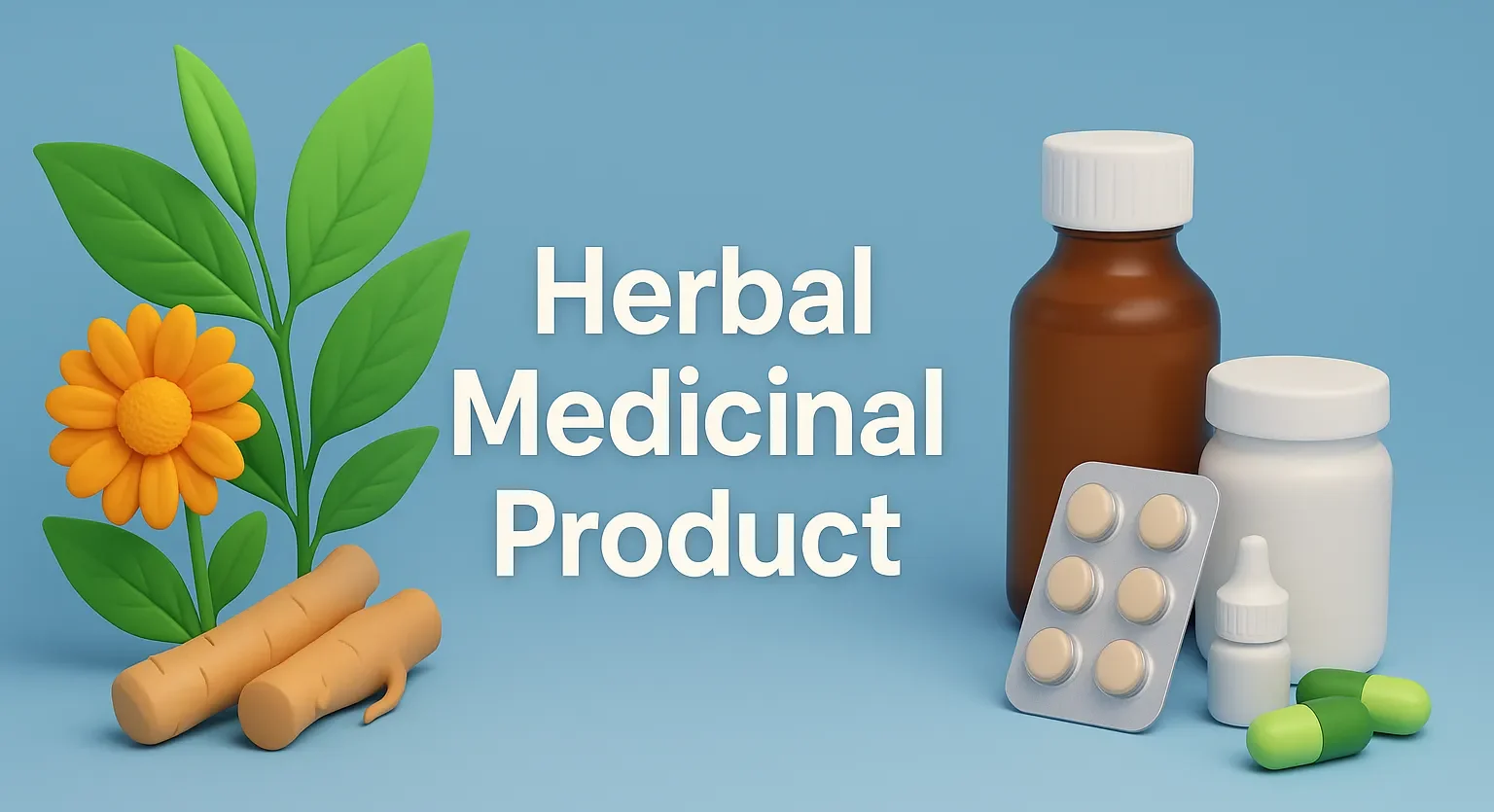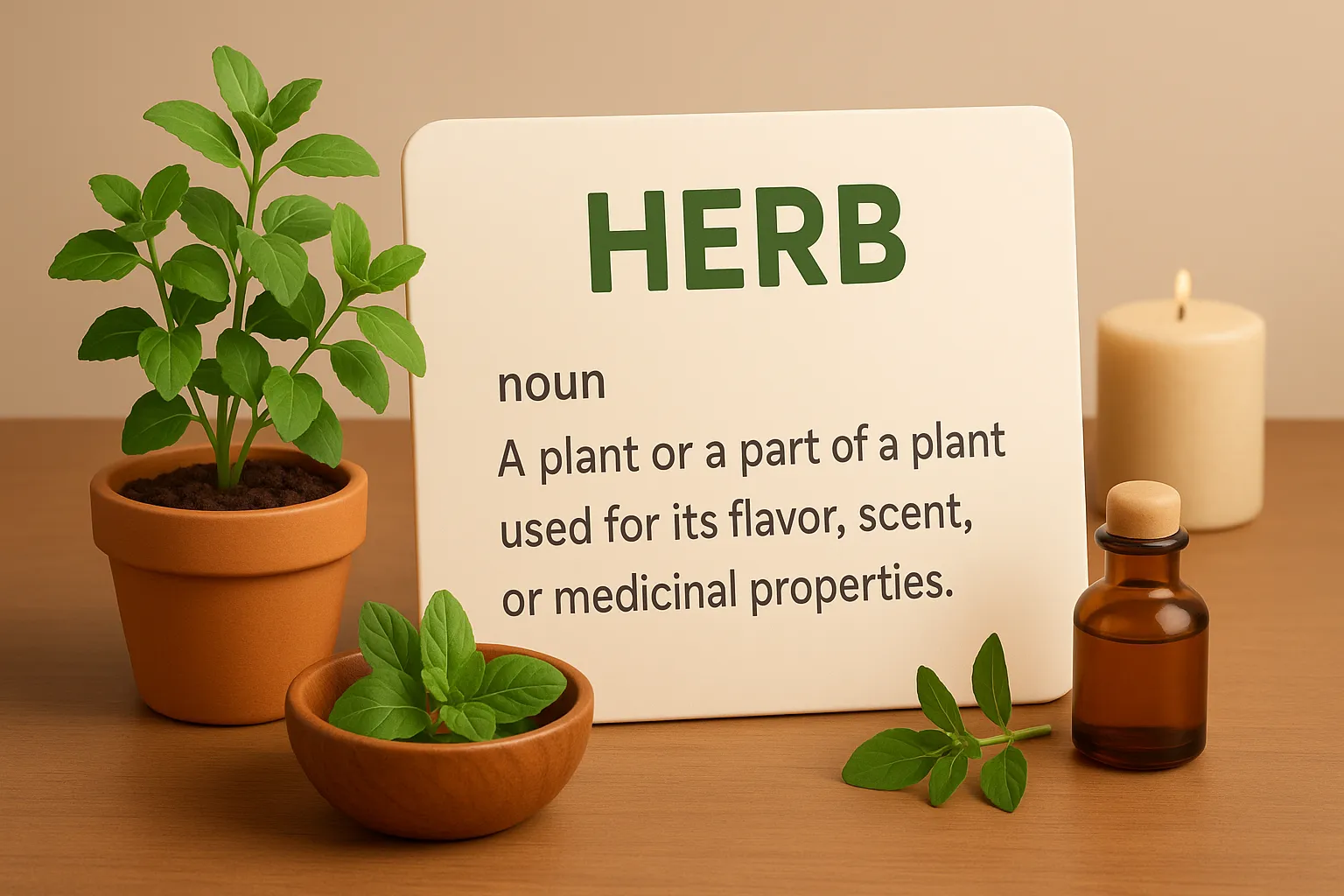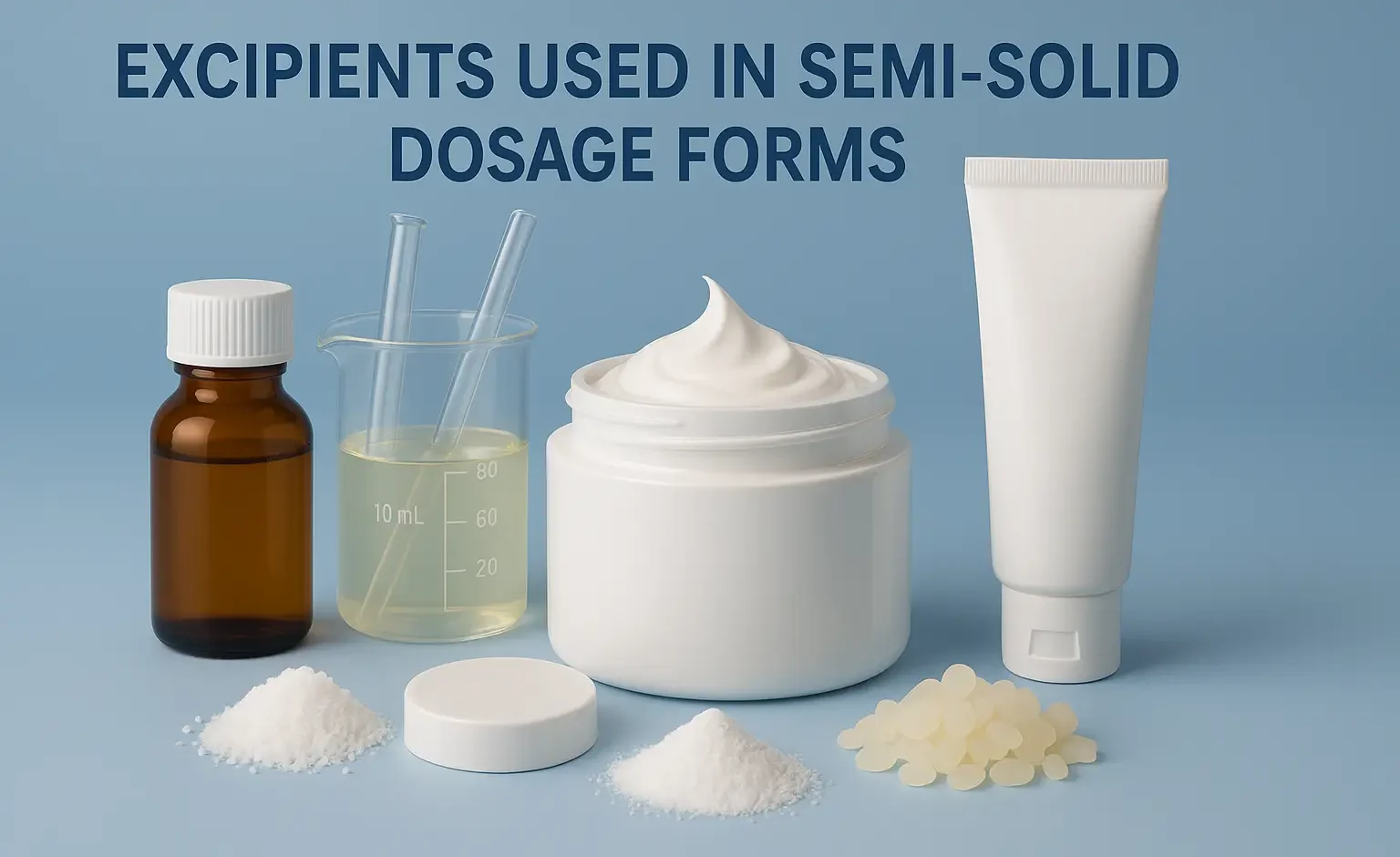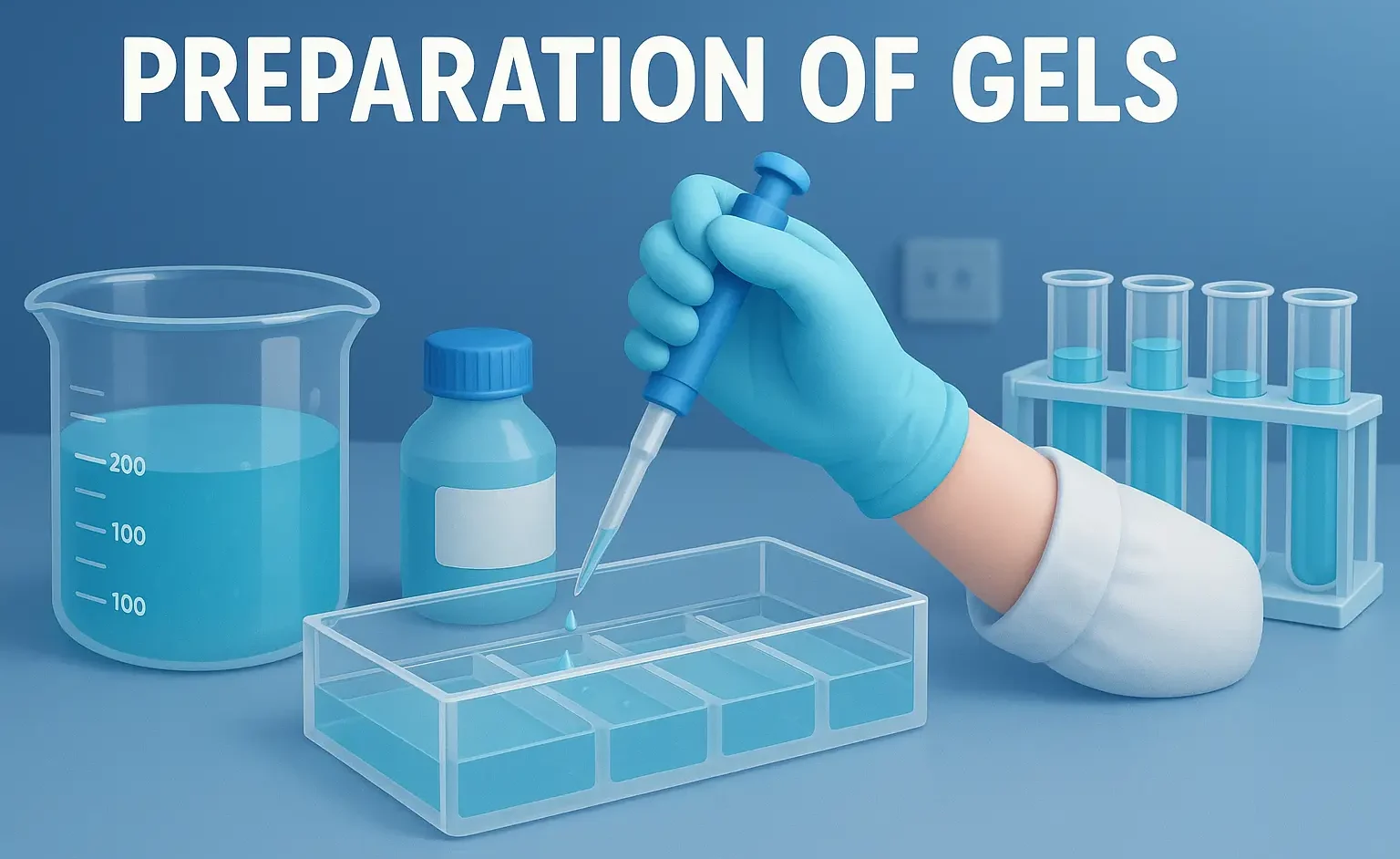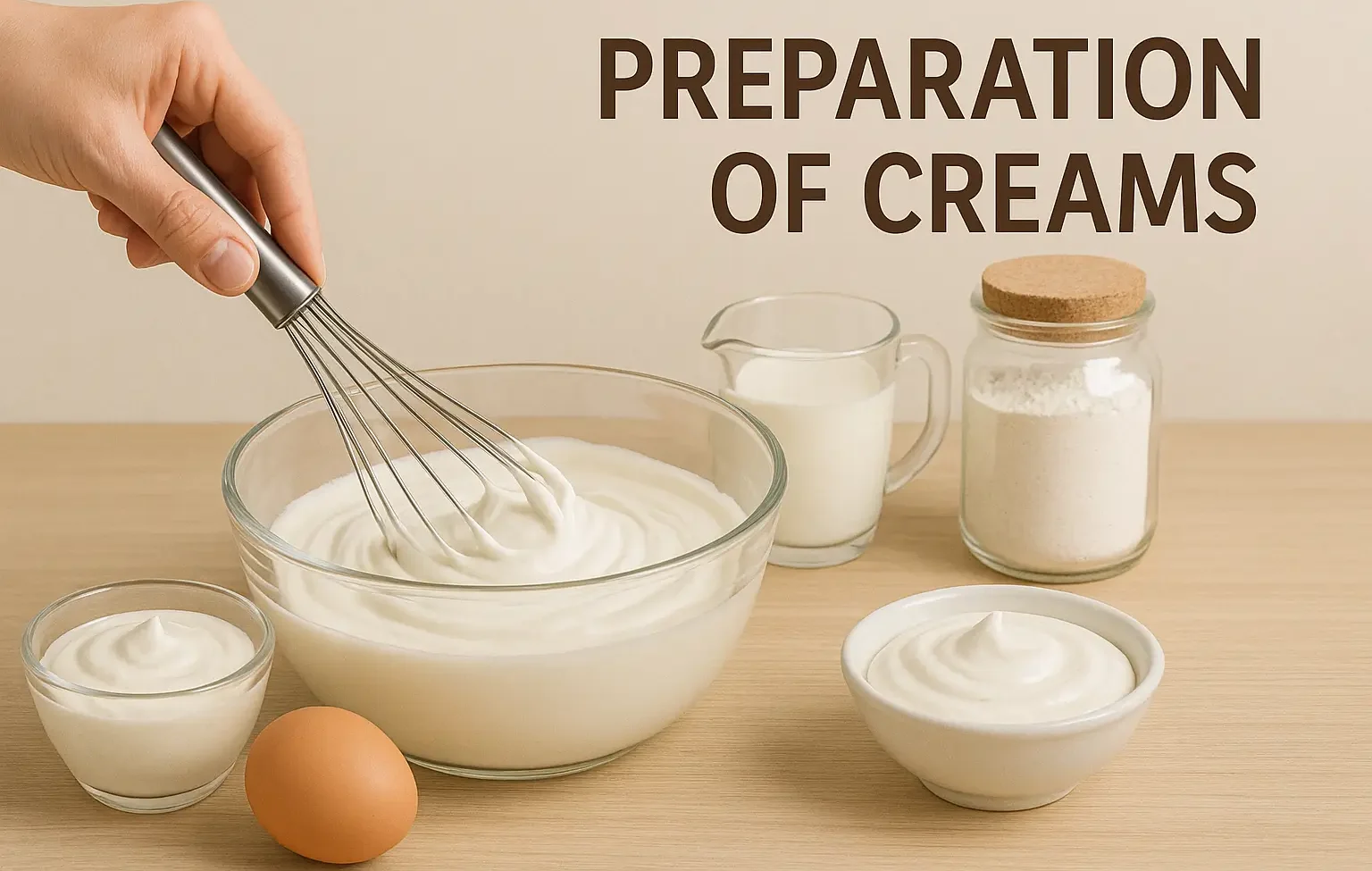Selection, Identification, and Authentication of Herbal Materials
Selection Identification and Authentication of Herbal Materials ensure quality, purity, and safety of medicinal plants in herbal medicine. Ensuring the safety, efficacy, and quality of herbal materials involves three key steps: selection, identification, and authentication. 1. Selection of Herbal Materials The selection process ensures the right plant material is used for herbal medicine or products. … Read more

